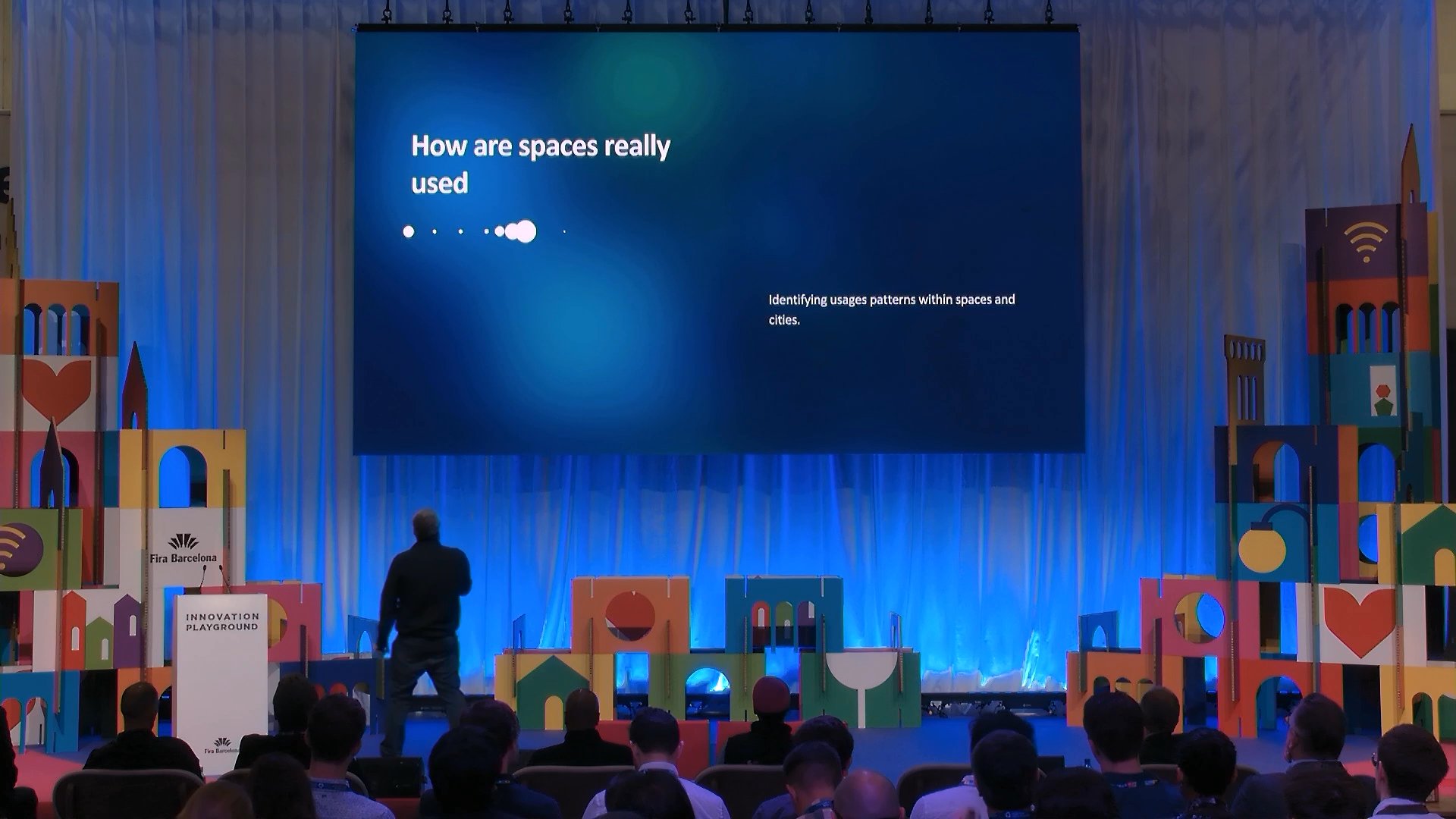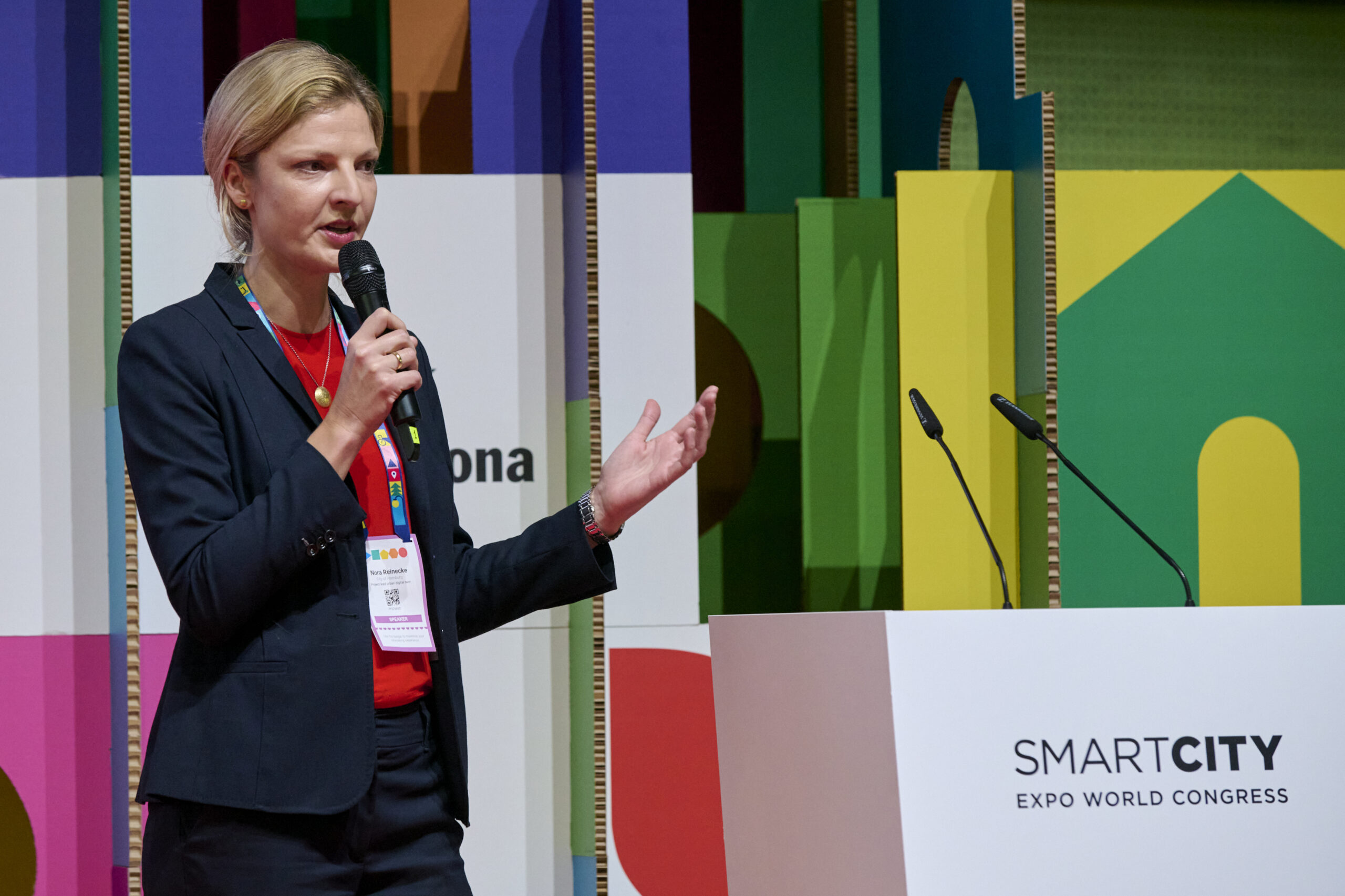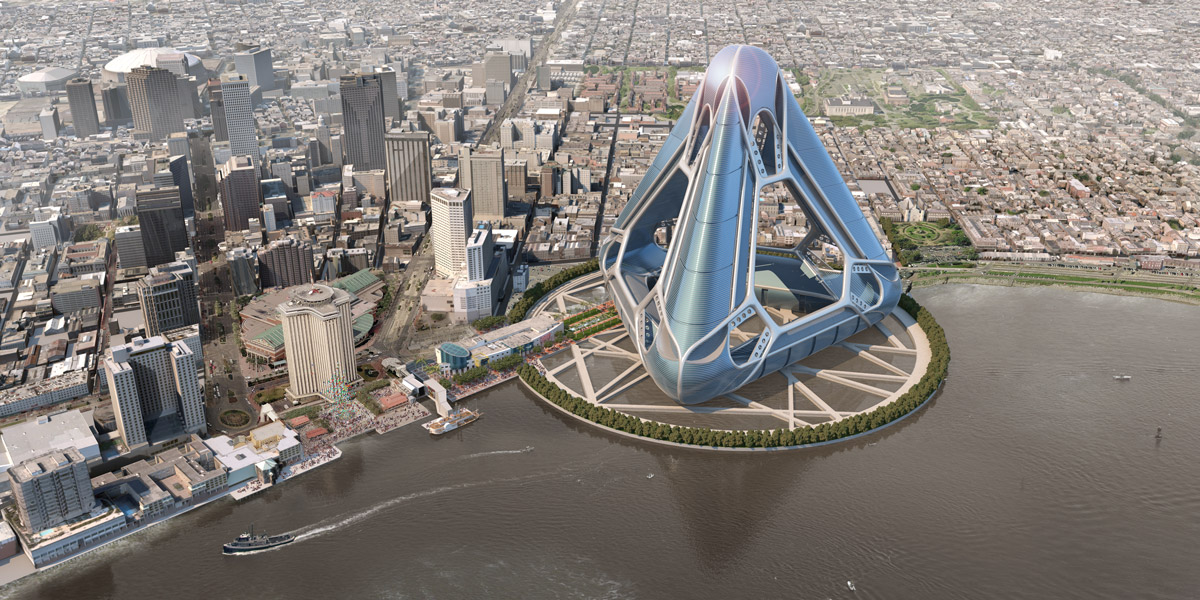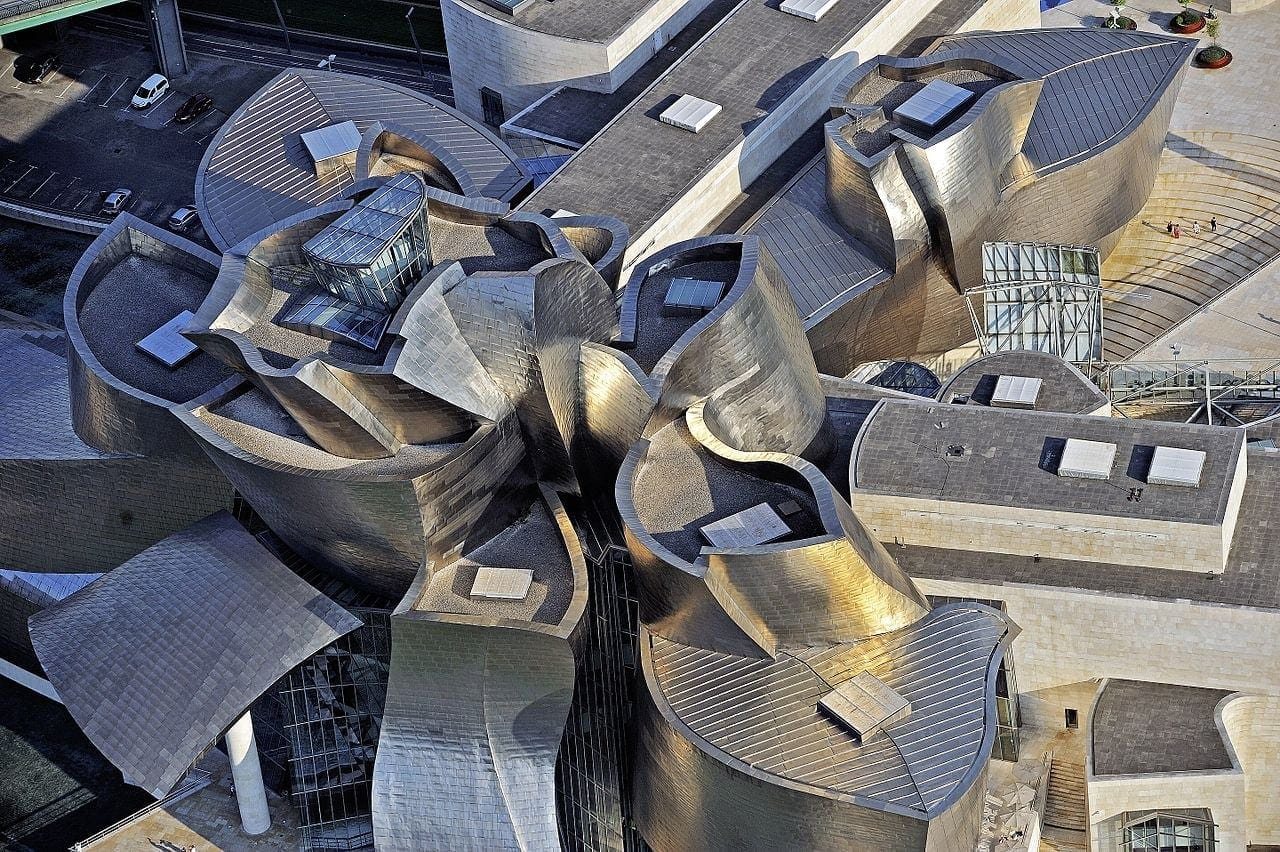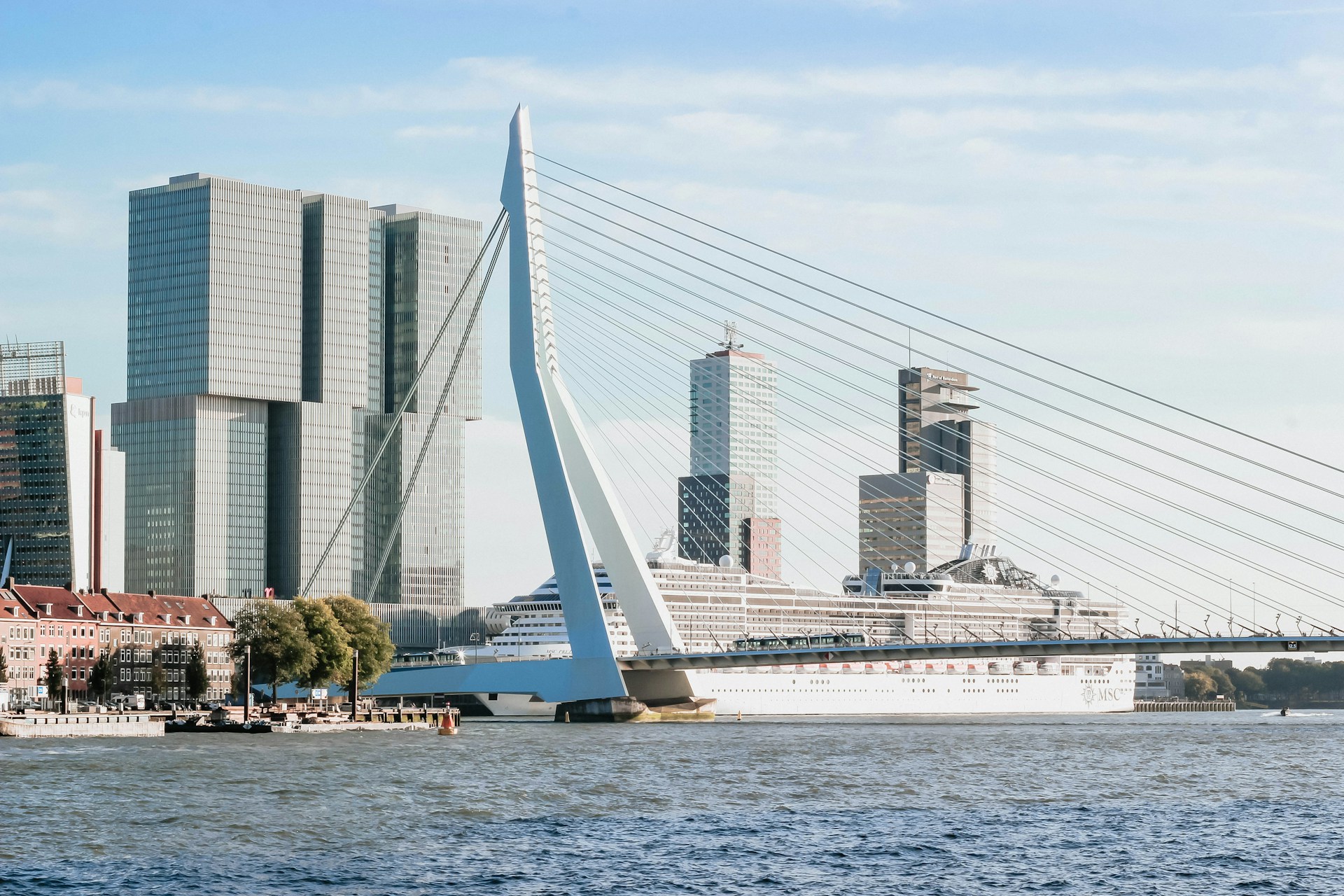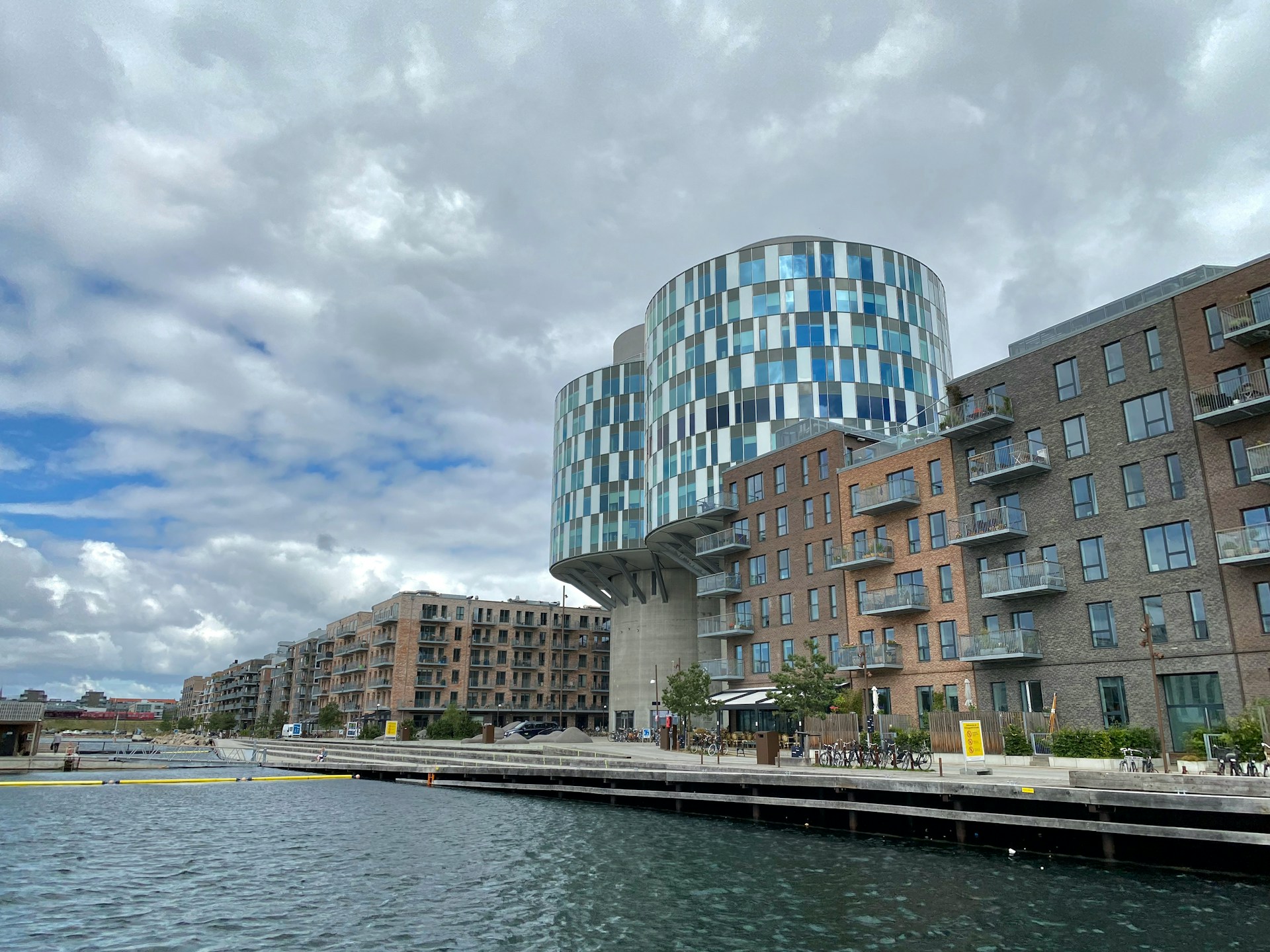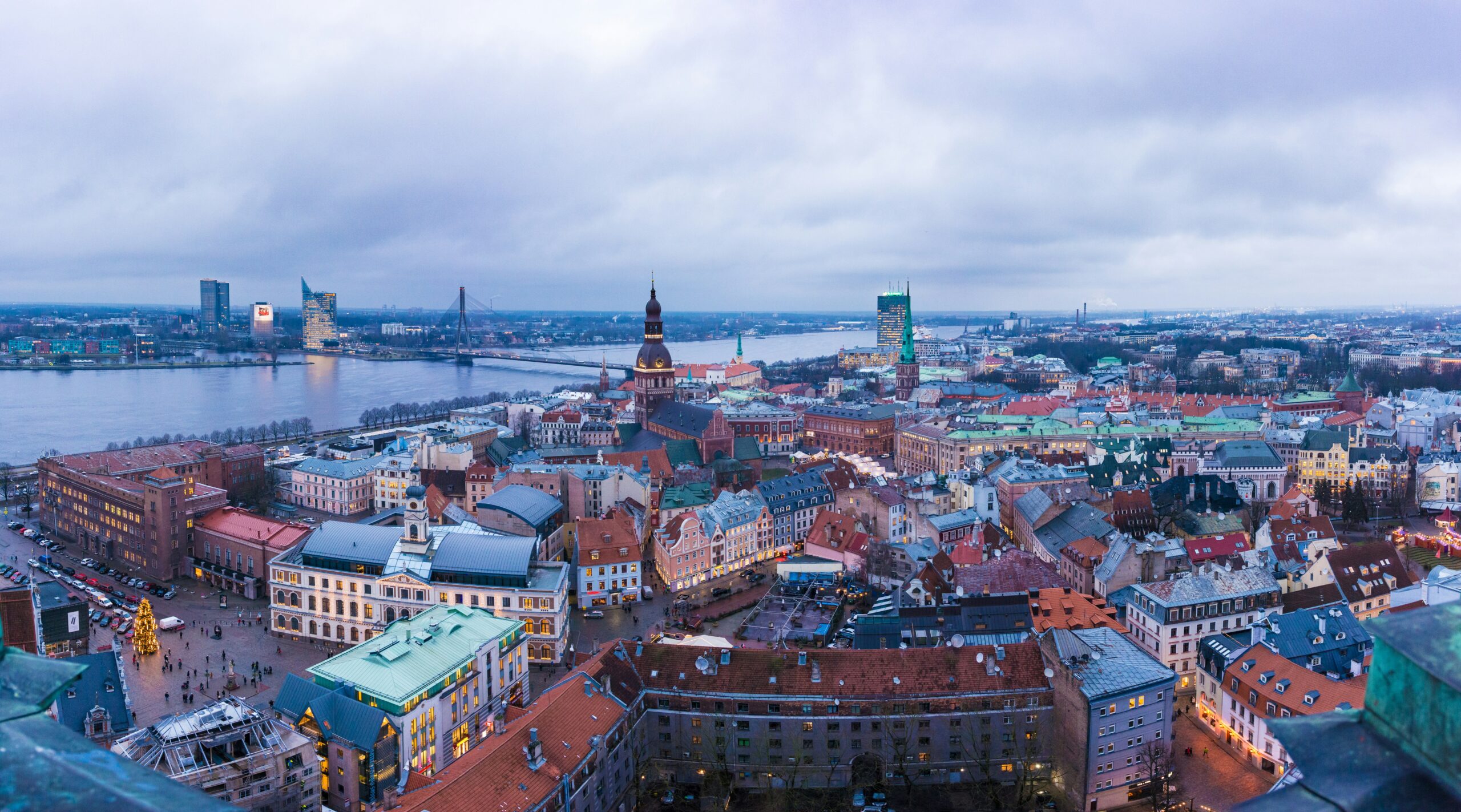Author | M. Martínez Euklidiadas
Could bricks made from reused plastic be a partial solution to the plastic pollution problem? As anyone who has stepped barefoot on a Lego brick knows, plastic as a construction material can withstand an incredible level of pressure if the quality is high and the design is appropriate.
Plastic as a construction material has been discussed since the first polymers were produced in factories and, every now and then, a solution appears in the form of a self-sustainable block that seems to be the solution to all the problems concerinng plastic waste and construction. Will this be the case? Will we be able to prevent plastic pollution? Can waste help us in the construction sector?
The characteristics of plastic bricks
Building bricks made from reused or recycled plastic have as many different characteristics as the polymers with which they are built, although they do have some characteristics that are interesting for environmental or economic reasons.
According to one of the most recent scientific studies, plastic bricks are very affordable compared to other materials, they delay the disposal or incineration of plastic for a while (which is undoubtedly an environmental benefit as it extends the life of these materials) and they need very little water during production.
They also have some interesting structural characteristics, such as their low weight or that they are quite good at withstanding compression. Others are less positive, such as the fact that they do not absorb water; they are very good at waterproofing, in some cases too good to be used in a household, as they do not allow transpiration.
Plastic bricks for a ‘somewhat’ more circular economy
These bricks are made with surplus plastics that we do not know how to manage, and from an environmental point of view, it is undoubtedly a good thing to give them a second life with a low environmental impact. However, converting plastic waste into plastic bricks is not circular.
Unlike materials like metals, the structure of which remains intact, polymers degrade with each reutilization process and particularly chemical recycling. A plastic brick cannot be converted into a plastic brick. The time will come, and quite soon, when the material will not be of any use.
Furthermore, polymers do not withstand the passage of time very well. In many ancient cities it is quite common to see brick facades dating back to the 1800s, 1600s or before. But a plastic roof will not withstand the challenges of the elements: sun, humidity or heat will quickly deteriorate them.
Where would it make sense to use plastic bricks?
Despite these limitations, or others such as the fact that polymers release methane during degradation or that they can pollute water if their deterioration speeds up —plastic enclosures have high toxicity levels— meaning there are very few uses for plastic bricks. Some uses are as follows:
- Plastic can be used as a waterproofing layer in building basements or inside walls in areas subject to flooding. It will prevent humidity entering from outside, although it will not prevent it accumulating inside.
- Plastic makes sense in the construction of temporary dwellings, particularly in the event of natural disasters. The long-term environmental and health disadvantages fade when it comes to providing refuge in times of need.
- Low pressure pipes, not exposed to heat or sunlight, are a good final use for plastic that cannot be processed.
- Carpentry elements can also be built, such as doors, window frames or windowsills, as well as furniture items which, although not technically constructive, are undoubtedly necessary in new buildings.
The best used plastic is that which is not produced
In 2020, all the human contributions of mass to the planet (including plastic) exceeded the weight of all living things. Although they only accounted for a small portion (8 Gt out of the total 1154 Gt), the manufacture of polymers is an environmental problem. Partly because, unlike aggregates, which can be ground to manufacture others, plastic rapidly reaches the number of lives it can have.
Yes, some (but not all) polymers can be reused or recycled to manufacture construction materials, but this is a temporary patch with a material that has no use once it has been used (sometimes, once only, like PET bottles) but it is not a long-term solution.
Scientific studies tell us that, before burning it at the end of its useful life —which has a lower impact that dumping it at landfills— ideally plastic should be used as many times as possible, but that the solution is to stop making it in the first place. Building with plastic is not circular, but at least it extends the useful life of the linear model and, while it is not sustainable, it is less unsustainable.
Image | Jasper Garratt





